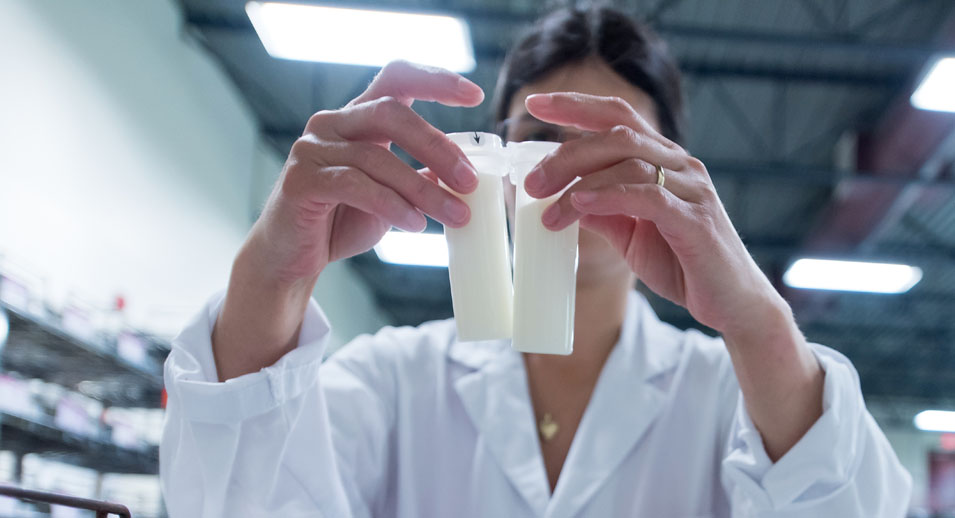Everything You Need to Know About Corn Silage Fungicides
- August 2, 2019
With the planting of silage corn delayed this year due to a late spring, many producers are asking: should I apply fungicides? The following information can help you make a decision which is both informed and economically sound.

What are fungicides used for?
The objective of using fungicides on grain corn or silage is to control fungal diseases such as giberella ear rot (Fusarium graminearum) and fusarium ear and kernel rot (Fusarium verticillioides). These fungal diseases can produce mycotoxins such as Deoxynivalenol (DON or vomitoxin), Zearalenone and Fumonisin.
What are the risk factors for fungal diseases in corn silage?
- Sensitive hybrid
- Residue (reduced tillage)
- Corn Monoculture
- Prolonged hot and humid conditions
- High seeding rate
- Poor insect control (e.g.: pyrale)
Do fungicides efficiently control the production of mycotoxins such as DON?
It is important to note that the choice of hybrid will have a major impact on the concentration of DON in your corn silage, as demonstrated by this Quebec study on grain corn (Farimani, 2014). Furthermore, several studies have demonstrated that the application of a fungicide at the proper stage (R1) reduces DON contamination in corn silage (1, 2, 3).
Will the use of a fungicide at the R1 growth stage increase yield and nutritional value?
Which fungicides should be used at which stage?
According to SAgE pesticides, the fungicide Proline 480C (Bayer Crop Science) is the fungicide of choice for controlling giberella ear rot in corn silage. It has been the most commonly used in various studies and is licenced in Canada for this purpose. Sage pesticides also recommends other fungicides such as Caramba (BASF), A19649 (Syngenta Canada) and Miravis Neo (Syngenta Canada Inc.). Consult an agronomist to help you choose the best fungicide for your situation. The fungicide must be applied in the time period between the beginning of the R1 stage and the 10 days that follow to ensure optimal control of mycotoxin contamination (e.g.: DON).
Is using fungicides profitable?
Actually, there are no independent studies that demonstrate that using fungicides in corn silage is more profitable. However, both a meta-analysis and an IRDA study on grain corn demonstrated that the profitability of the use of fungicide varies according to these factors: potential yield, the extent of the fungal disease problem in the field, and the corn hybrid chosen. It is therefore important to properly evaluate each situation and target the fields where fungicide should be applied, to ensure that your investment will be profitable.
Is there a risk of creating disease resistance when using fungicides?
As is the case with all pesticides used in agriculture, the risk does exist. According to SAgE pesticides, the Proline 480C (Bayer Crop Science) has a moderate risk of resistance. In any event, it is always important to use fungicides responsibly.
Are there other ways to control fungal disease in corn silage and reduce the risk of DON contamination?
Integrated management of corn fusarium and mycotoxins should be a priority. This includes cultivar choice, crop rotation and silage management. For more details, take a look at this document or consult an agronomist from Agri-Environmental Advisory Group.
Points to Remember
The use of a fungicide on silage corn can help control DON contamination when applied at the R1 stage. The concentration of DON can also be controlled using integrated crop management. Ultimately, the weather conditions, crop management practices and the extent of fusarium contamination, will be key to whether using fungicides make or lose you money. Consulting an agronomist and spending some time looking into current research on the subject, will help you to make the most profitable decision for your situation.










